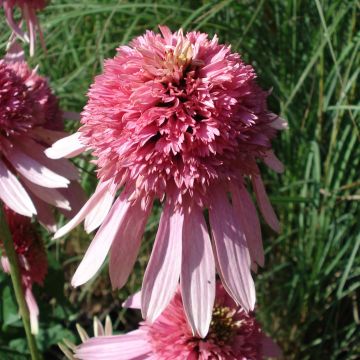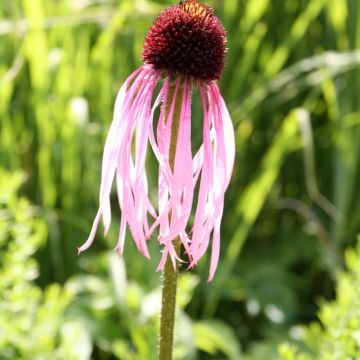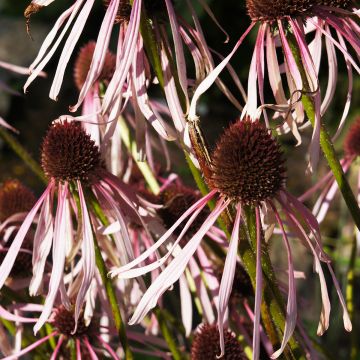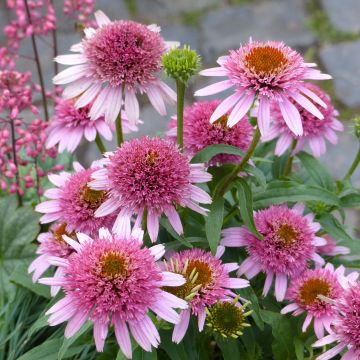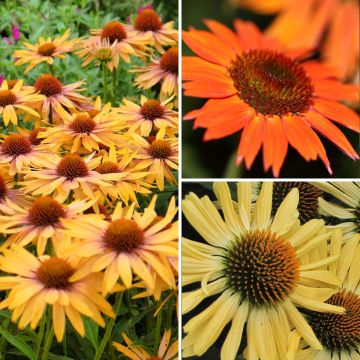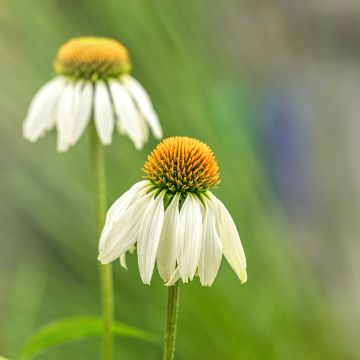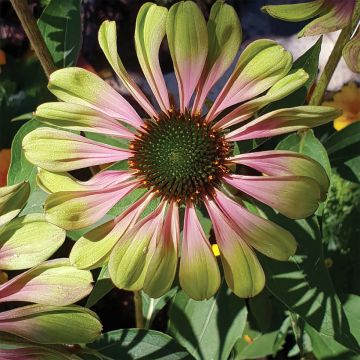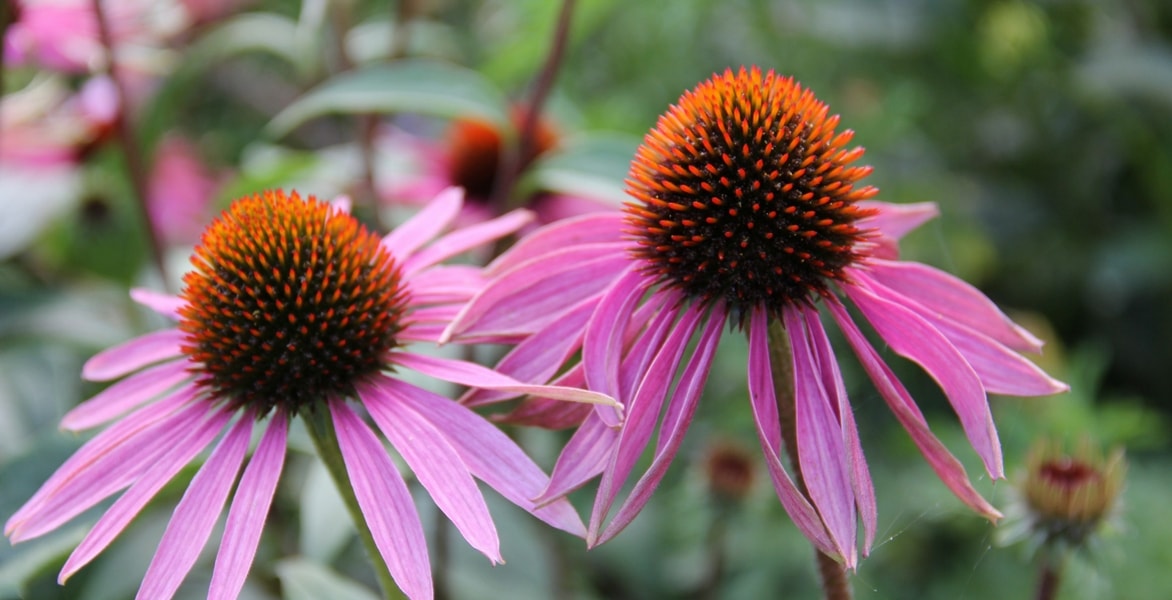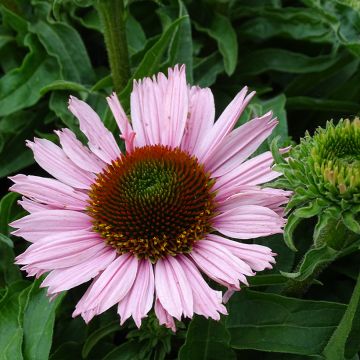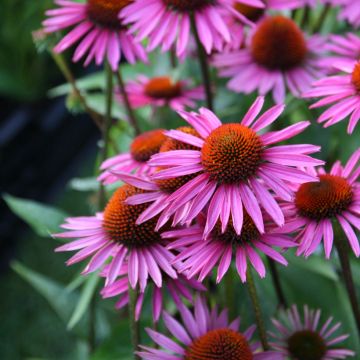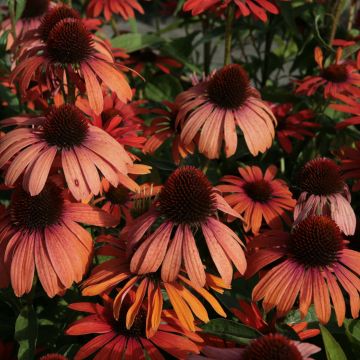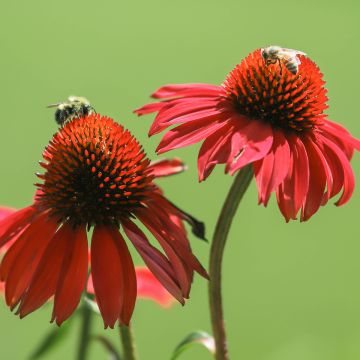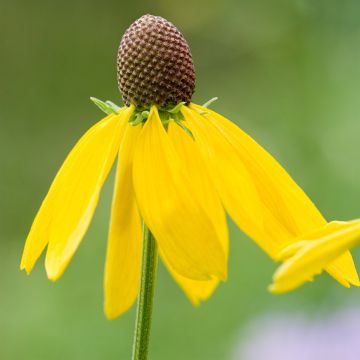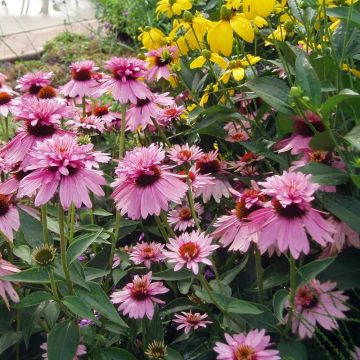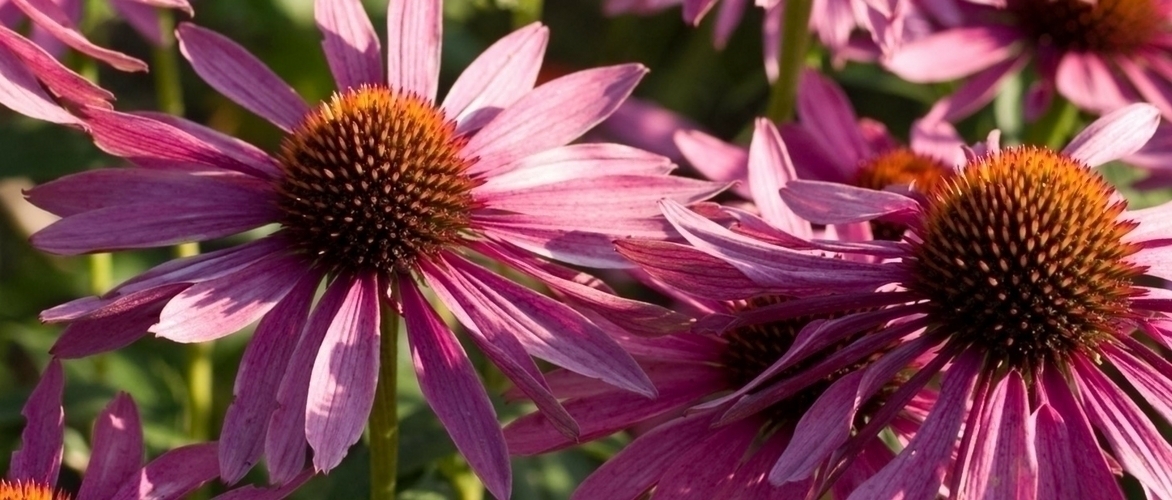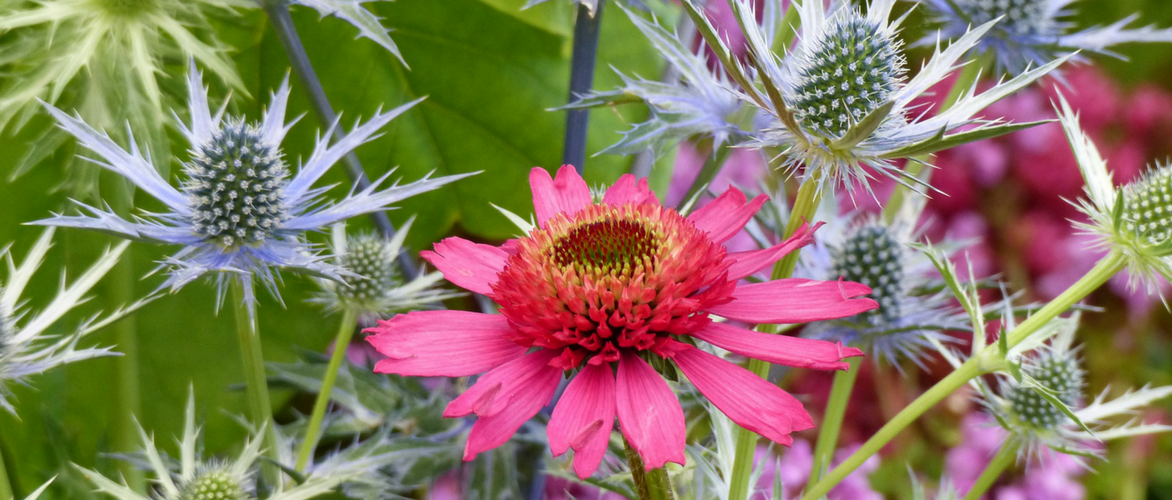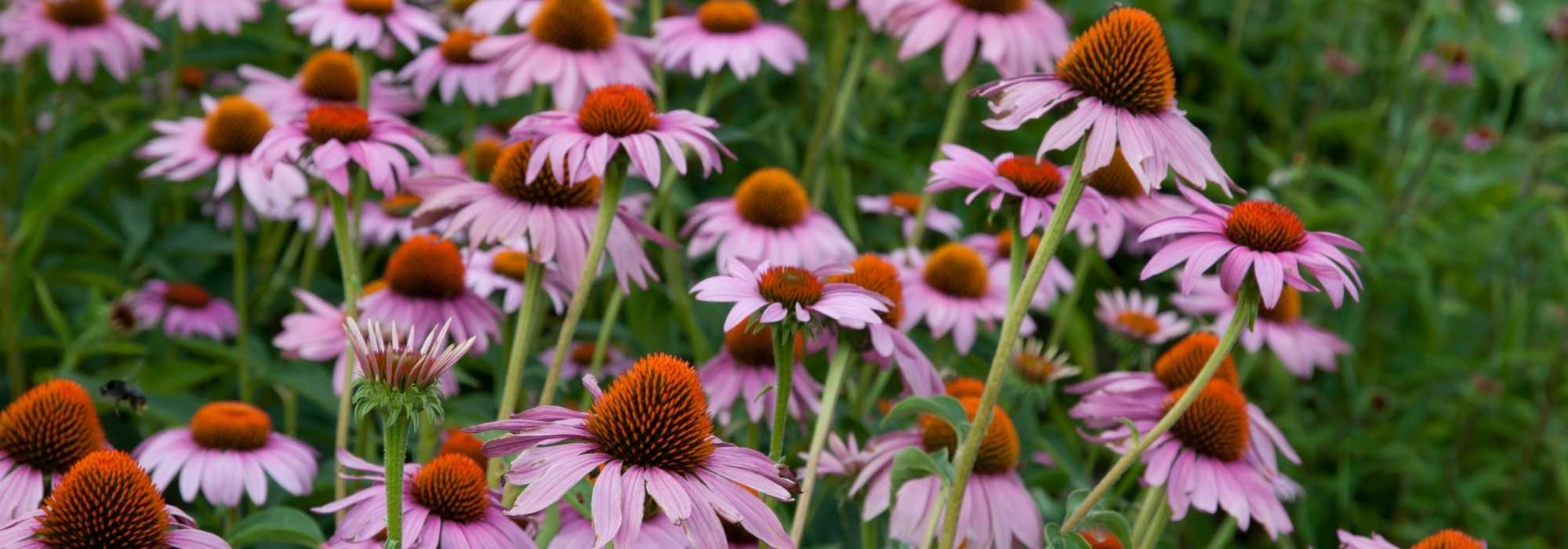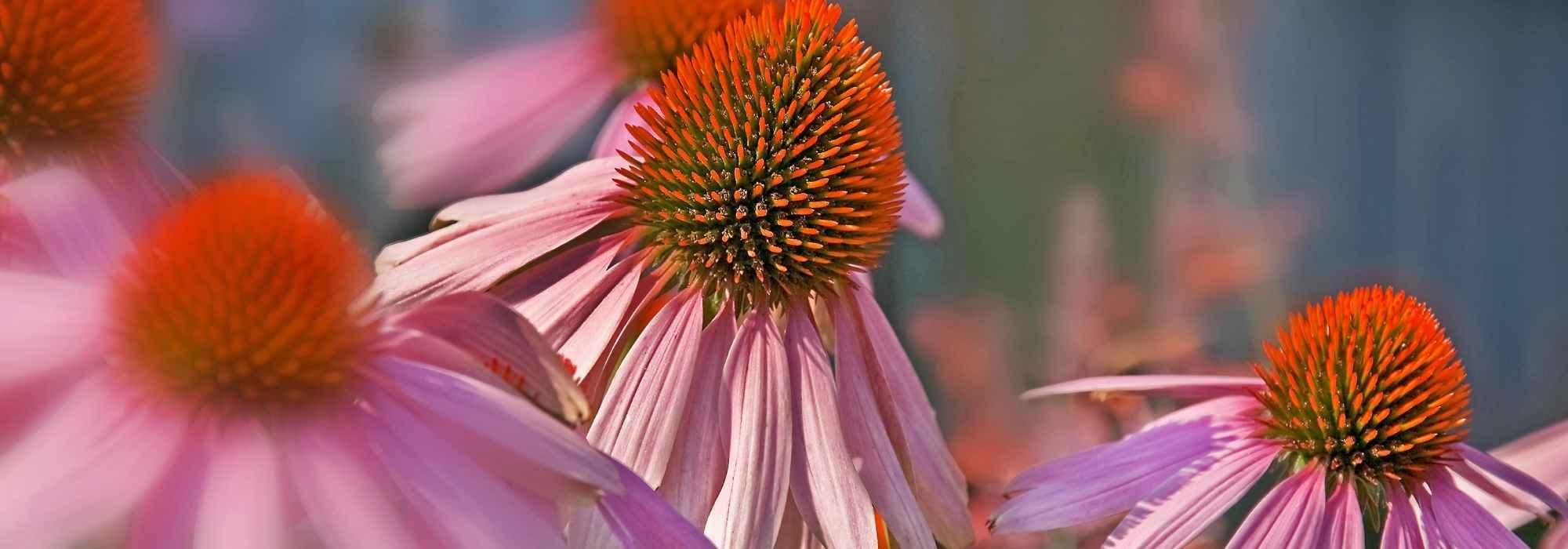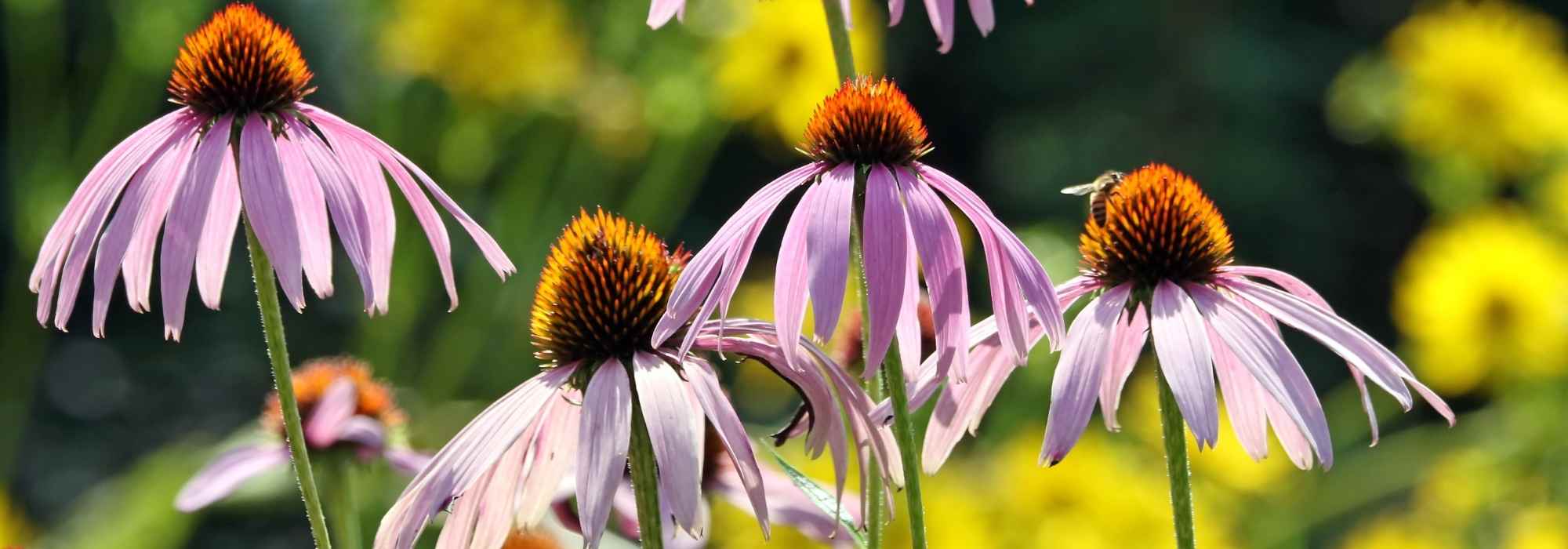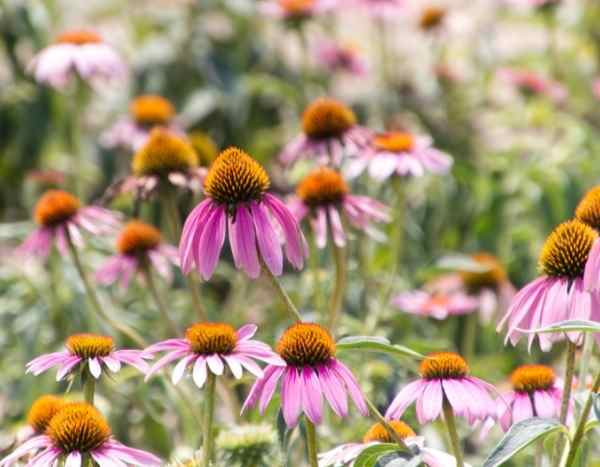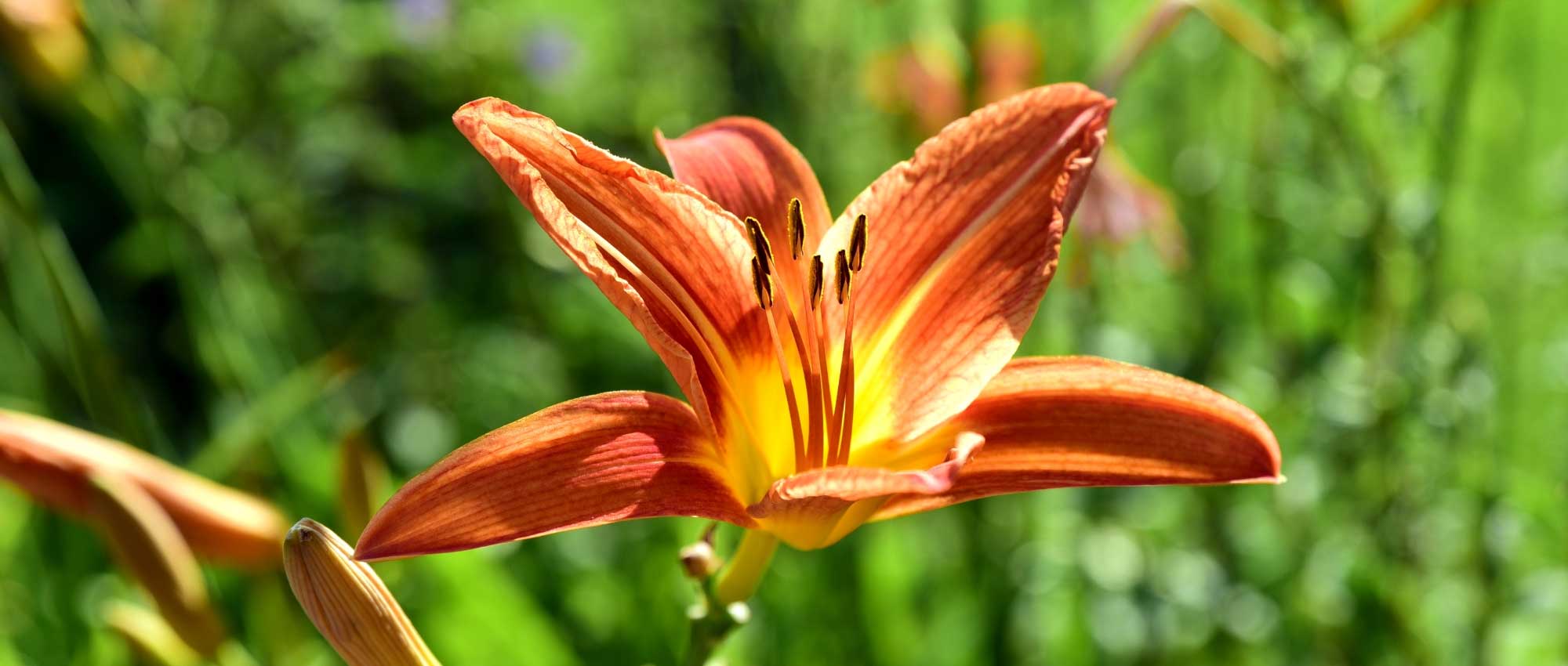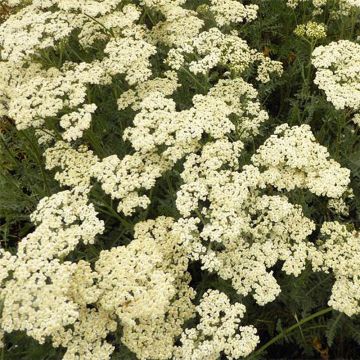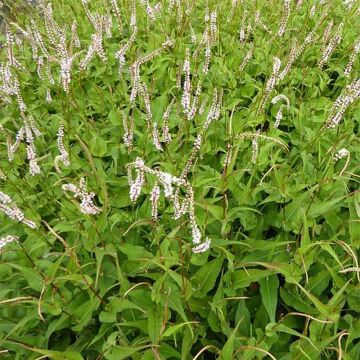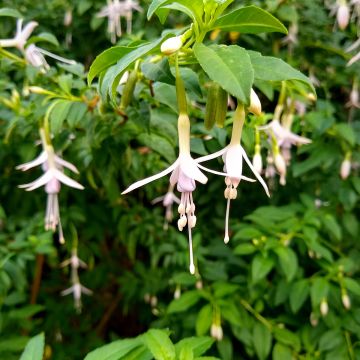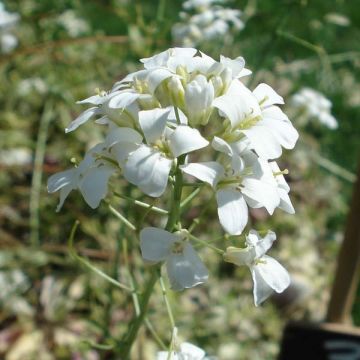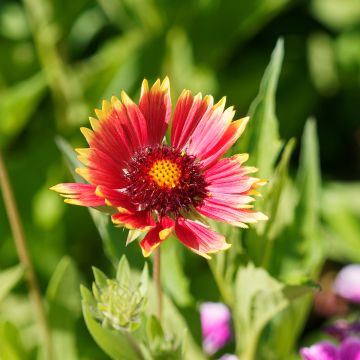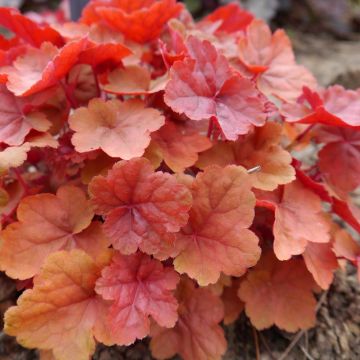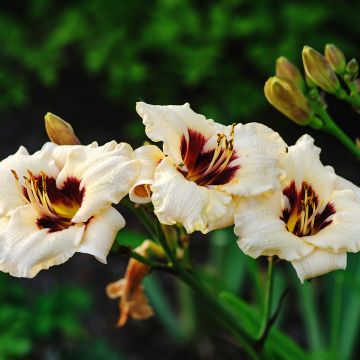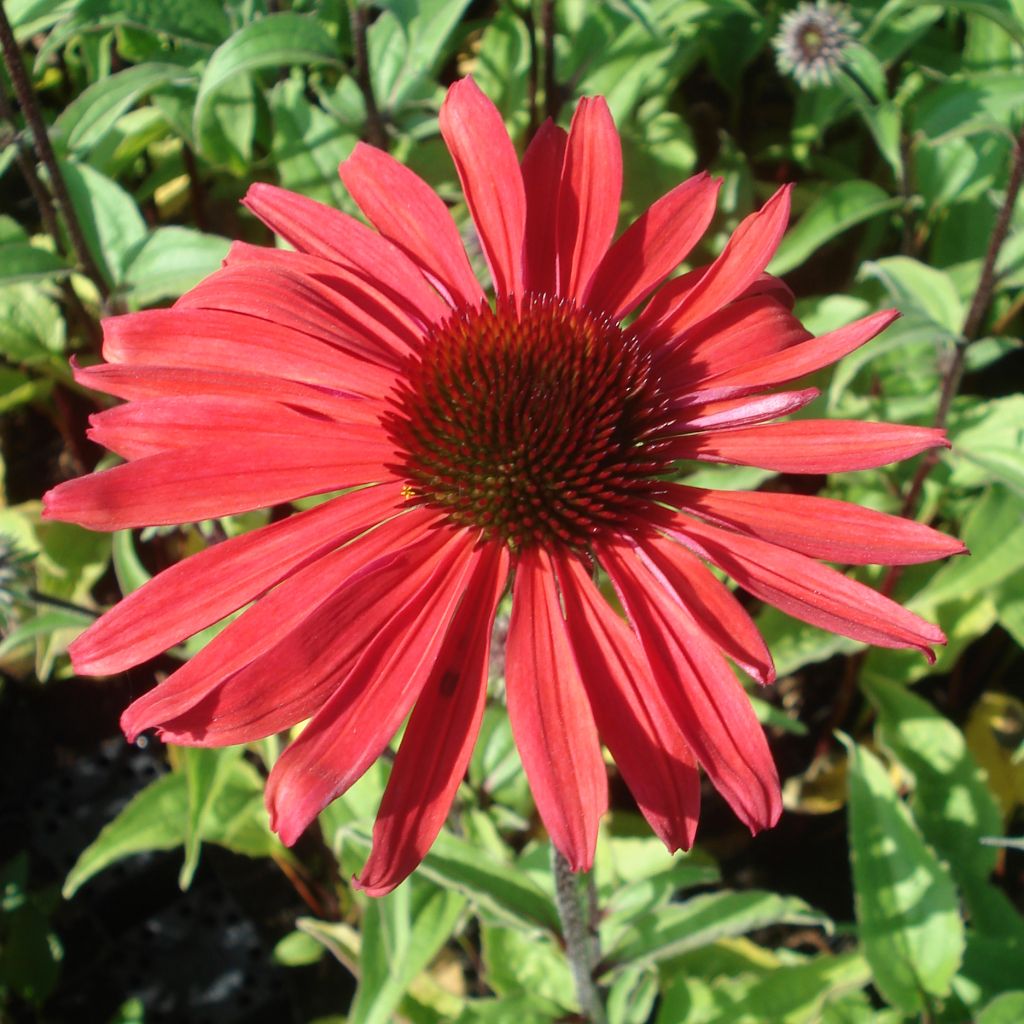

Echinacea Solar Flare - Purple Coneflower
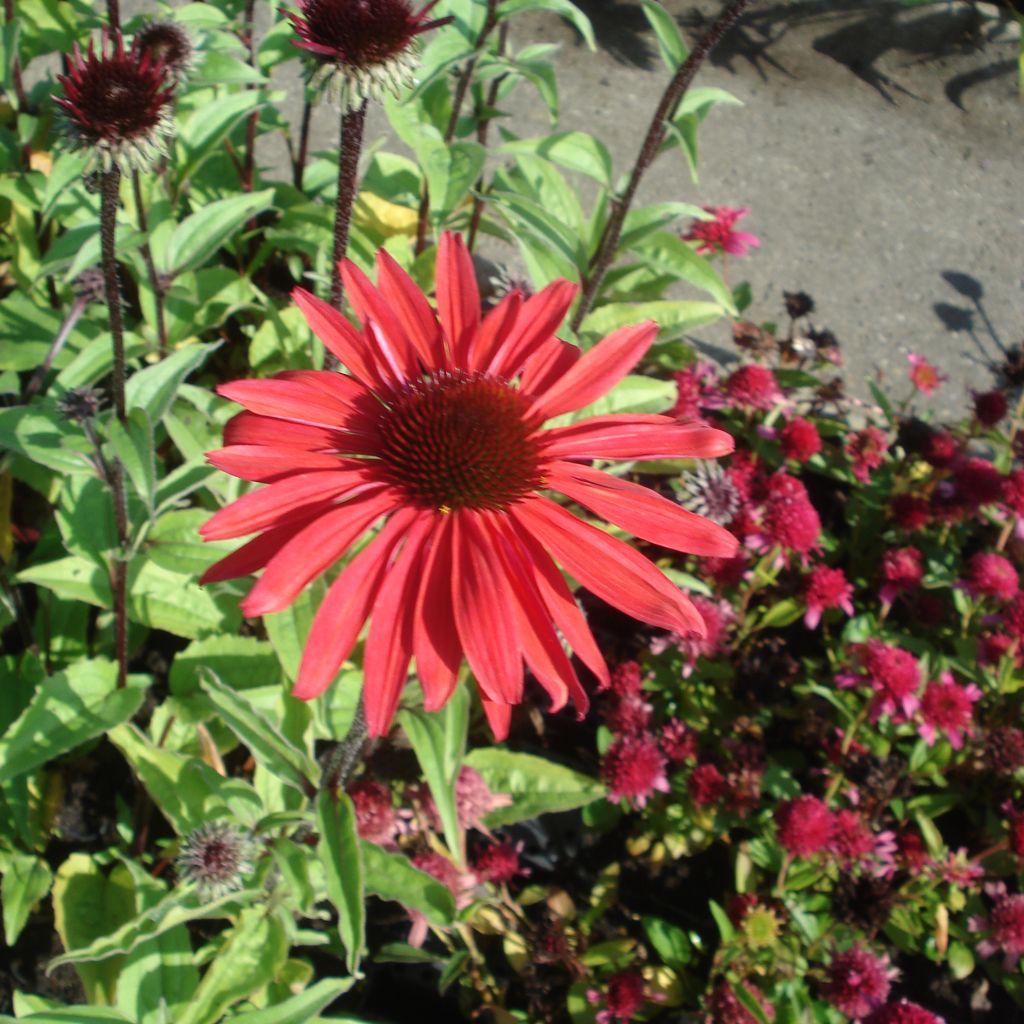

Echinacea Solar Flare - Purple Coneflower
Echinacea Solar Flare - Purple Coneflower
Echinacea purpurea Solar Flare
Purple Coneflower, Eastern Purple Coneflower
Very beautiful young plant that has already given me a few flowers in the first year of planting, beautiful quality.
Eric, 03/08/2018
Special offer!
Receive a €20 voucher for any order over €90 (excluding delivery costs, credit notes, and plastic-free options)!
1- Add your favorite plants to your cart.
2- Once you have reached €90, confirm your order (you can even choose the delivery date!).
3- As soon as your order is shipped, you will receive an email containing your voucher code, valid for 3 months (90 days).
Your voucher is unique and can only be used once, for any order with a minimum value of €20, excluding delivery costs.
Can be combined with other current offers, non-divisible and non-refundable.
Why not try an alternative variety in stock?
View all →This plant carries a 12 months recovery warranty
More information
We guarantee the quality of our plants for a full growing cycle, and will replace at our expense any plant that fails to recover under normal climatic and planting conditions.
Does this plant fit my garden?
Set up your Plantfit profile →
Description
Echinacea 'Solar Flare' is a robust perennial with a long flowering period in a range of very subtle colours. From its tuft of blue-green leaves long black stems emerge bearing large red-magenta heads with a big purple heart. The red gradually fades, giving way to a very soft old pink with a brown heart. In autumn, the achenes (their seeds) take over to the delight of the birds that feast on them. Hardy and accommodating, this summer flower prefers sunny borders and creates large flamboyant bouquets. It actively animates the garden with the pollinators it attracts.
Originating from North America, where it has naturally colonized many states, Echinacea has arrived here and spontaneously settled in wild spaces: vast meadows, forest edges, roadsides... It is content with any type of soil or climate, with well-appreciated robustness and hardiness. However, it prefers deep, well-drained soils and will establish more easily (and therefore withstand drought later) if initially planted in moist soil. It may take its time to settle, but then proves to be perennial. It thrives in the sun, but also in light shade. It requires almost no care apart from removing faded flowers as desired.
It is a herbaceous plant, belonging to the aster family, with an upright and bushy habit. The leaves are green with a hint of grey-blue, hairy, and quite thick. The long, sturdy, black stems carry large heads measuring 5 to 10 cm (2 to 4in) in diameter at their apex. The numerous cross-breeding efforts have resulted in endless variations of colour and form, and everyone will find their favourite among the multitude of Echinacea cultivars available. 'Solar Flare' comes to us from Georgia, near Atlanta, and originates from the work of nurseryman Richard Saul. The rather cylindrical centre of the head swells during early flowering and gradually transforms into a quite prominent cone resembling a big button. It is surrounded by long and lanceolate ligules arranged in a row. In July they are horizontal, but they sag softly in September with more faded shades.
Echinacea 'Solar Flare' is a beautiful tall perennial (90 cm (35in)) that works well in romantic-style gardens. If you wish to create a composition featuring shades of pink, it will harmonize nicely with its cousins 'Southern Belle' and 'Catherina', Lychnis, Heuchera 'Midnight Rose', and Lupin 'Pink Gallery'. It can also integrate into a purple and black palette, enhancing its dark side. Alternatively, it can provide contrast to grey-blue shades, echoing its foliage.
Echinacea Solar Flare - Purple Coneflower in pictures
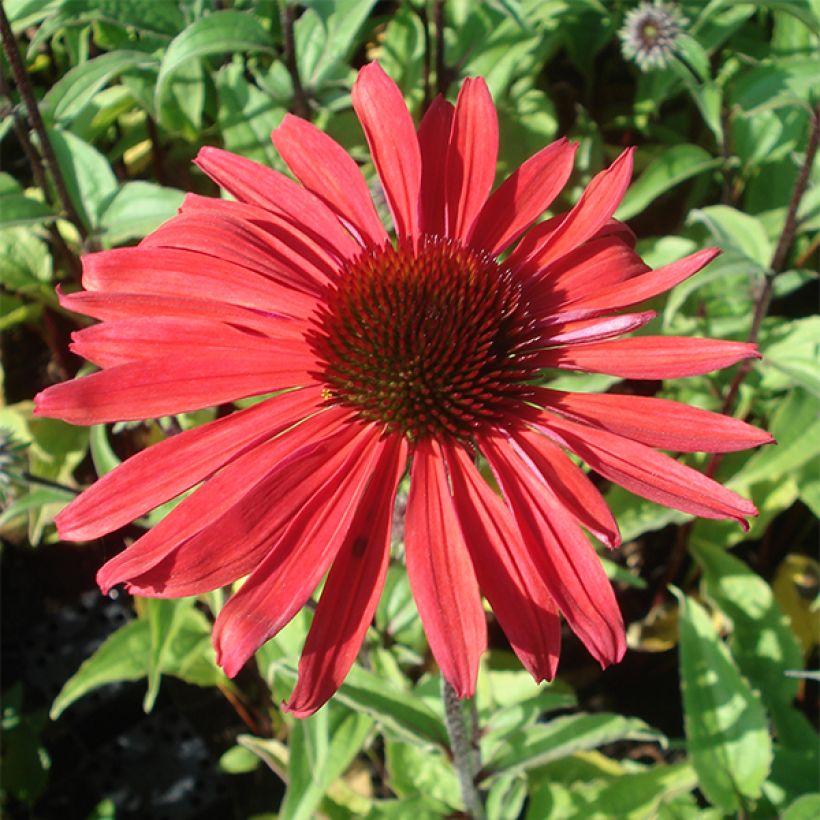

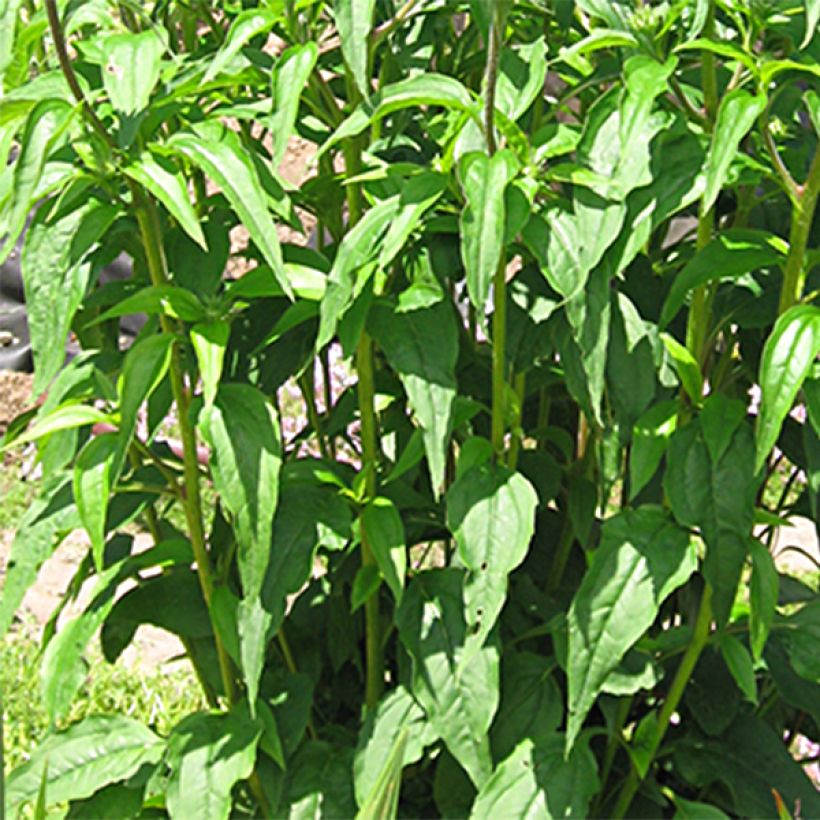

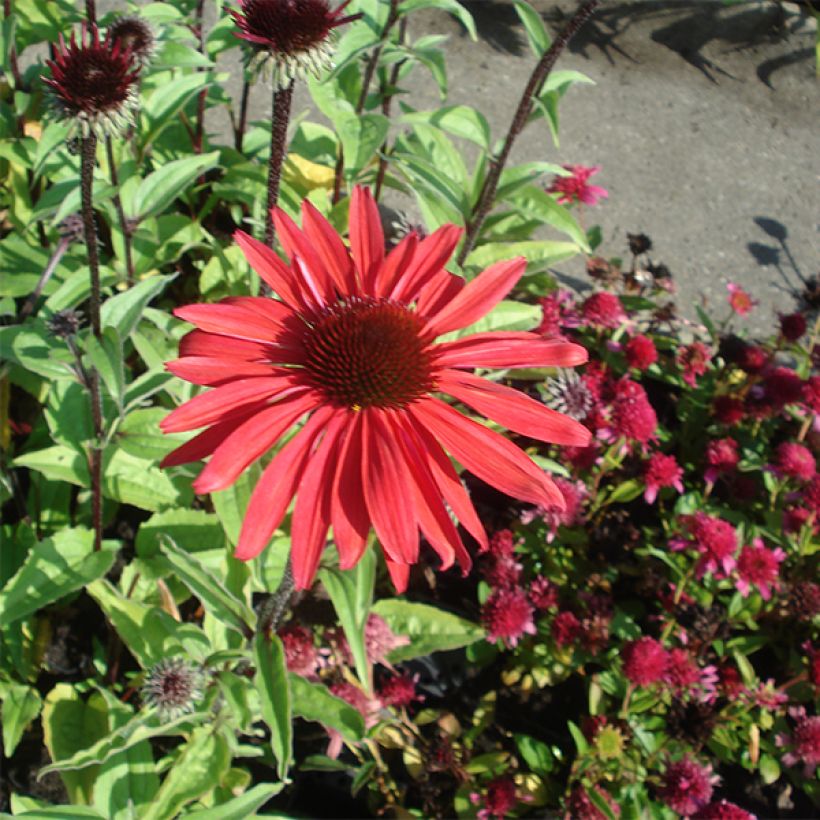

Flowering
Foliage
Plant habit
Botanical data
Echinacea
purpurea
Solar Flare
Asteraceae
Purple Coneflower, Eastern Purple Coneflower
Cultivar or hybrid
Other Echinacea - Coneflower
View all →Planting and care
Echinacea 'Solar Flare' can be planted in spring or autumn in a sunny or partially shaded location. It does not need specific soil but prefers the soil to be loosened beforehand to allow for better establishment. Water it initially, but not excessively (it doesn't like to have its feet in water for too long), it will then tolerate drought better.
It may take some time to grow, but is robust, and resistant to diseases, adverse weather conditions, and frost. Furthermore, once established, it is long-lasting and flowers abundantly.
You can remove faded flowers throughout the season to encourage more or leave them on the plant to attract birds from autumn onwards, and enjoy its slender silhouette throughout winter. Cut the stems back in early spring. Consider dividing the crown if it shows signs of fatigue: increased susceptibility to powdery mildew and sparse flowering.
Planting period
Intended location
Care
Planting & care advice
-
, onOrder confirmed
Reply from on Promesse de fleurs
Similar products
Haven't found what you were looking for?
Hardiness is the lowest winter temperature a plant can endure without suffering serious damage or even dying. However, hardiness is affected by location (a sheltered area, such as a patio), protection (winter cover) and soil type (hardiness is improved by well-drained soil).

Photo Sharing Terms & Conditions
In order to encourage gardeners to interact and share their experiences, Promesse de fleurs offers various media enabling content to be uploaded onto its Site - in particular via the ‘Photo sharing’ module.
The User agrees to refrain from:
- Posting any content that is illegal, prejudicial, insulting, racist, inciteful to hatred, revisionist, contrary to public decency, that infringes on privacy or on the privacy rights of third parties, in particular the publicity rights of persons and goods, intellectual property rights, or the right to privacy.
- Submitting content on behalf of a third party;
- Impersonate the identity of a third party and/or publish any personal information about a third party;
In general, the User undertakes to refrain from any unethical behaviour.
All Content (in particular text, comments, files, images, photos, videos, creative works, etc.), which may be subject to property or intellectual property rights, image or other private rights, shall remain the property of the User, subject to the limited rights granted by the terms of the licence granted by Promesse de fleurs as stated below. Users are at liberty to publish or not to publish such Content on the Site, notably via the ‘Photo Sharing’ facility, and accept that this Content shall be made public and freely accessible, notably on the Internet.
Users further acknowledge, undertake to have ,and guarantee that they hold all necessary rights and permissions to publish such material on the Site, in particular with regard to the legislation in force pertaining to any privacy, property, intellectual property, image, or contractual rights, or rights of any other nature. By publishing such Content on the Site, Users acknowledge accepting full liability as publishers of the Content within the meaning of the law, and grant Promesse de fleurs, free of charge, an inclusive, worldwide licence for the said Content for the entire duration of its publication, including all reproduction, representation, up/downloading, displaying, performing, transmission, and storage rights.
Users also grant permission for their name to be linked to the Content and accept that this link may not always be made available.
By engaging in posting material, Users consent to their Content becoming automatically accessible on the Internet, in particular on other sites and/or blogs and/or web pages of the Promesse de fleurs site, including in particular social pages and the Promesse de fleurs catalogue.
Users may secure the removal of entrusted content free of charge by issuing a simple request via our contact form.
The flowering period indicated on our website applies to countries and regions located in USDA zone 8 (France, the United Kingdom, Ireland, the Netherlands, etc.)
It will vary according to where you live:
- In zones 9 to 10 (Italy, Spain, Greece, etc.), flowering will occur about 2 to 4 weeks earlier.
- In zones 6 to 7 (Germany, Poland, Slovenia, and lower mountainous regions), flowering will be delayed by 2 to 3 weeks.
- In zone 5 (Central Europe, Scandinavia), blooming will be delayed by 3 to 5 weeks.
In temperate climates, pruning of spring-flowering shrubs (forsythia, spireas, etc.) should be done just after flowering.
Pruning of summer-flowering shrubs (Indian Lilac, Perovskia, etc.) can be done in winter or spring.
In cold regions as well as with frost-sensitive plants, avoid pruning too early when severe frosts may still occur.
The planting period indicated on our website applies to countries and regions located in USDA zone 8 (France, United Kingdom, Ireland, Netherlands).
It will vary according to where you live:
- In Mediterranean zones (Marseille, Madrid, Milan, etc.), autumn and winter are the best planting periods.
- In continental zones (Strasbourg, Munich, Vienna, etc.), delay planting by 2 to 3 weeks in spring and bring it forward by 2 to 4 weeks in autumn.
- In mountainous regions (the Alps, Pyrenees, Carpathians, etc.), it is best to plant in late spring (May-June) or late summer (August-September).
The harvesting period indicated on our website applies to countries and regions in USDA zone 8 (France, England, Ireland, the Netherlands).
In colder areas (Scandinavia, Poland, Austria...) fruit and vegetable harvests are likely to be delayed by 3-4 weeks.
In warmer areas (Italy, Spain, Greece, etc.), harvesting will probably take place earlier, depending on weather conditions.
The sowing periods indicated on our website apply to countries and regions within USDA Zone 8 (France, UK, Ireland, Netherlands).
In colder areas (Scandinavia, Poland, Austria...), delay any outdoor sowing by 3-4 weeks, or sow under glass.
In warmer climes (Italy, Spain, Greece, etc.), bring outdoor sowing forward by a few weeks.






























